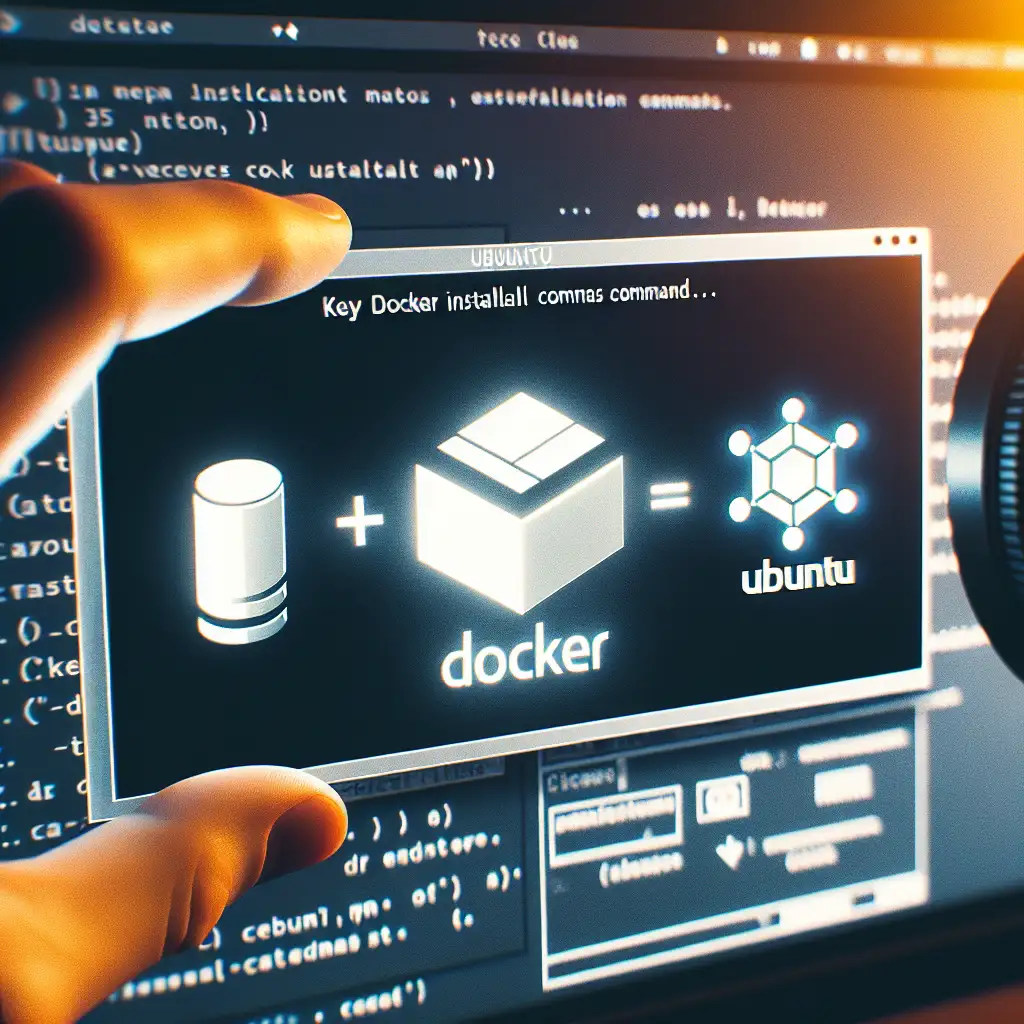Mastering Docker Installation on Ubuntu: A Step-by-Step Guide for Reliable Containerization
Cut through the noise of generic tutorials—this guide zeroes in on proven installation methods that guarantee Docker runs efficiently on Ubuntu, setting you up for seamless container management from day one.
Docker has become a cornerstone of modern software development, enabling consistent and scalable application deployment across different environments. However, getting Docker installed correctly on your Ubuntu system is critical to avoid common pitfalls that can slow you down later. Whether you're setting up a development environment or preparing servers for production, this step-by-step walkthrough will ensure your Docker installation is rock solid.
Why Proper Docker Installation Matters on Ubuntu
Ubuntu’s popularity among developers and sysadmins makes it a prime candidate for containerization projects. But installing Docker improperly can cause:
- Version mismatches or outdated binaries
- Permission errors that block container execution
- Conflicts between native or snap-installed packages and official Docker releases
This guide helps you avoid these issues by installing Docker from the official Docker repositories using a method tailored specifically for Ubuntu.
Step 1: Prepare Your System
Before diving into the installation, update your package index and remove any old Docker versions:
sudo apt update
sudo apt remove docker docker-engine docker.io containerd runc
Removing old installations ensures no conflicts arise from legacy packages.
Step 2: Install Prerequisite Packages
Docker requires some software dependencies to add external repositories over HTTPS securely:
sudo apt install apt-transport-https ca-certificates curl software-properties-common
apt-transport-https: to access repositories over HTTPSca-certificates: to verify SSL certificatescurl: to fetch files from the internetsoftware-properties-common: to manage repository links
Step 3: Add Docker’s Official GPG Key
To verify the authenticity of the Docker packages, import their GPG key:
curl -fsSL https://download.docker.com/linux/ubuntu/gpg | sudo gpg --dearmor -o /usr/share/keyrings/docker-archive-keyring.gpg
This key will be used when adding Docker’s repository to your system.
Step 4: Add the Docker Repository
Add the stable Docker repository to your system’s software sources list. Replace $(lsb_release -cs) with your Ubuntu codename (e.g., focal, jammy):
echo "deb [arch=$(dpkg --print-architecture) signed-by=/usr/share/keyrings/docker-archive-keyring.gpg] https://download.docker.com/linux/ubuntu $(lsb_release -cs) stable" | sudo tee /etc/apt/sources.list.d/docker.list > /dev/null
This points your system’s package manager to the curated, official source of Docker packages.
Step 5: Update Package Index & Install Docker Engine
Update your package database again to include new repo information:
sudo apt update
Now, install the latest version of Docker Engine and related components:
sudo apt install docker-ce docker-ce-cli containerd.io
Here’s what each component does:
- docker-ce: The core community edition of Docker Engine
- docker-ce-cli: Command line interface tools
- containerd.io: Low-level container runtime
Step 6: Verify Your Installation
Make sure everything installed correctly by checking the version:
docker --version
You should see output similar to:
Docker version 24.0.2, build aaabbbccdd
Also, test running a simple container:
sudo docker run hello-world
This command downloads and runs an easy test image that prints a confirmation message if everything is working properly.
Step 7 (Optional): Manage Docker as a Non-root User
By default, you need root privileges (sudo) to run Docker commands. To avoid typing sudo repeatedly, add your user to the docker group:
sudo usermod -aG docker $USER
newgrp docker
Log out and back in (or simply run newgrp docker) so group membership is re-evaluated.
Common Troubleshooting Tips
-
“Cannot connect to the Docker daemon” error
- Ensure your user is added to the
dockergroup (Step 7). - Check if daemon is running:
sudo systemctl status docker
- Ensure your user is added to the
-
Conflicts with older docker.io package
- Always use official repo as shown above; uninstall snap or apt versions first (
sudo apt remove docker.io snapd).
- Always use official repo as shown above; uninstall snap or apt versions first (
-
Firewall blocking container networking
- Ensure ports are open as per app requirements; consult Docker networking documentation for details.
Wrapping Up
Installing Docker correctly on Ubuntu lays a strong foundation for all your containerization needs. Using this step-by-step approach ensures you get the latest stable release directly from official sources with minimal headaches down the road.
Whether you're spinning up local dev containers or orchestrating complex deployments with Kubernetes or Swarm, having a reliable Docker setup means smoother workflows and more time focusing on building amazing applications—not wrestling with tooling.
Happy Dockering! 🚢🐳
Got questions about installation or want troubleshooting help? Drop a comment below—I’m here to help!
